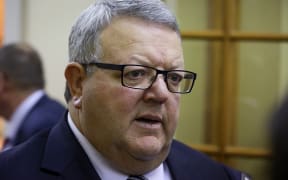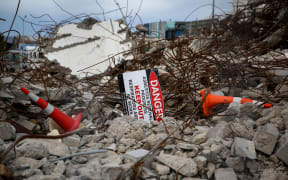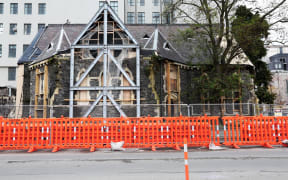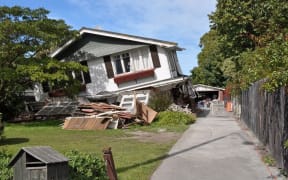The Canterbury Earthquake Recovery Authority (CERA) will officially close its doors on Monday, five years after it was established in the aftermath of the devastating Canterbury earthquakes.
The authority, which has polarised many Cantabrians, has already handed most of its responsibilities to the inheriting agencies, including Land Information New Zealand, the Department of Prime Minister and Cabinet, and two new agencies, Regenerate Christchurch and Otakaro.
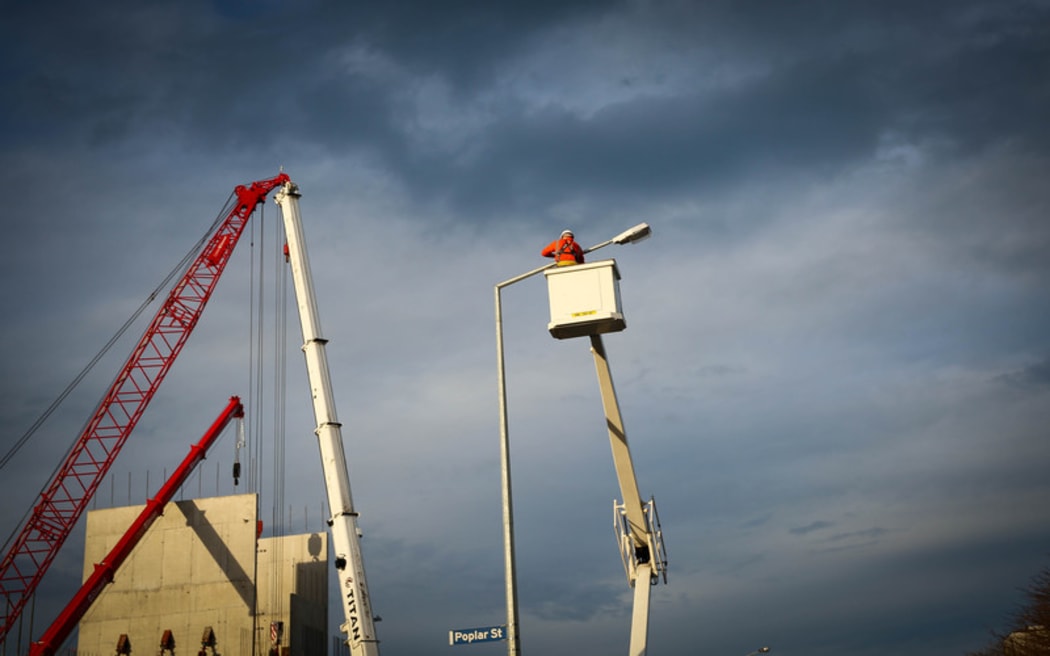
Major construction projects, insurance claims and investigations into building collapses remain key issues for Christchurch. Photo: RNZ / Alexander Robertson
While many of its staff have already left or transferred to those agencies, remaining staff will spend their last day on Monday packing up their desks.
CERA came into force by special legislation in April 2011, in the aftermath of the quakes, and was given extraordinary powers to oversee the city's rebuild, with a built-in sunset clause of five years.
The authority has been controversial with residents, a by-product of its powers and the work it has had to do.
But it has also made headlines for all the wrong reasons: communications budget blow-out; senior staff members sent on trade missions to Sri Lanka; the resignation of its chief executive Roger Sutton; staff sent to Melbourne and Harvard; expensive training courses and Treasury reports saying some anchor projects were undeliverable.
Former Christchurch mayor Garry Moore said CERA's legacy would be of how not to handle a disaster in the future.
It was the wrong structure with the wrong accountability mechanism, Mr Moore said.
"It had people from another city, Wellington, imposing on this city what they thought we should be doing. A whole lot of operations were conducted in secret. The whole thing, in my opinion, from day one [was] the worst possible structure you could ever invent.''
Many of the things that were done to Christchurch by CERA have been hugely costly, he said.
"The wastage has been absolutely enormous and they didn't have any real accountability for their expenditure.
"Down here we're also ratepayers and taxpayers and we want to see the money spent properly, and the best way to do that is to make the whole exercise in the future open.''

Looking though one of the white seats representing people that died in the February 2011 earthquake. Photo: RNZ / Alexander Robertson
CERA's acting chief executive John Ombler said it had been a very hard five years for staff, with much of the work carried out in uncharted territory.
"The challenge has been to maintain momentum to move really rapidly through recovery and engage people really meaningfully along the way; we've tried to do that and sometimes there's a conflict between speed and engagement.''
He hoped people would see that CERA expedited the recovery in a way that would have been slower if it had not been there and prepared the city from recovery to regeneration.
"Some of the work we've done in the residential red zone has been really significant helping a lot of people move on with their lives reasonably rapidly.
"The fact that we've managed to undertake a huge demolition programme both in the central city and residential areas with a remarkably good health and safety record is a huge plus as well.''
Prime Minister John Key visited remaining CERA staff in Christchurch yesterday and told media it was the right time to move to the next phase.

Regenerate Christchurch chairperson Andre Lovatt says Cantabrians are ready for a new approach to the rebuild. Photo: RNZ/Belinda McCammon
"No one is saying that everything that every government department gets is perfectly right from EQC to CERA to central and local government but we do our very best under challenging circumstances. I think those people have thrown their heart into what they believed in.''
Regenerate Christchurch chairperson Andre Lovatt said people were ready for a different approach.
"Certainly the origin of Regenerate Christchurch is in recognition from a number of parties that we need to achieve a step-change about how the post earthquake rebuild is occurring.''
An announcement will be made today about who will sit on the board that will oversee Regenerate Christchurch.
Under the Greater Christchurch Regeneration Act, the responsible minister, Gerry Brownlee, appoints four members, Ngai Tahu appoints one and the Christchurch City Council appoints another three.

